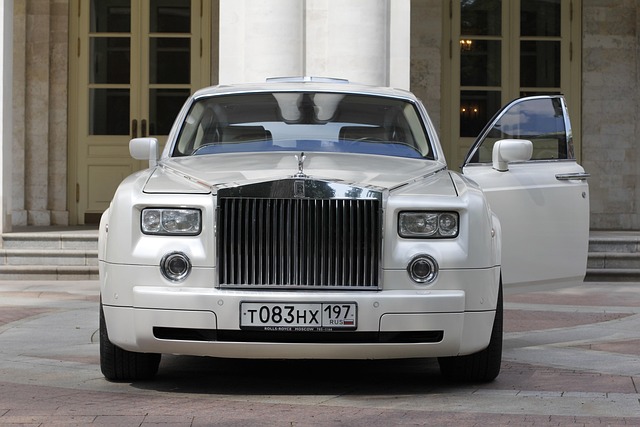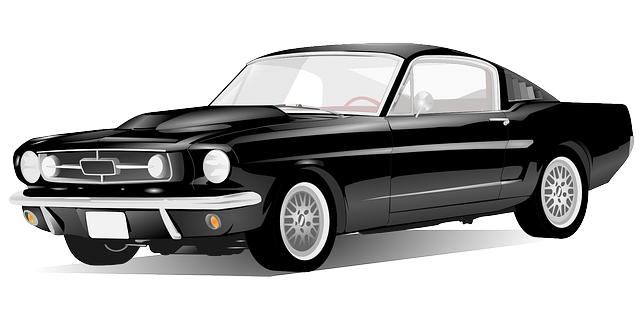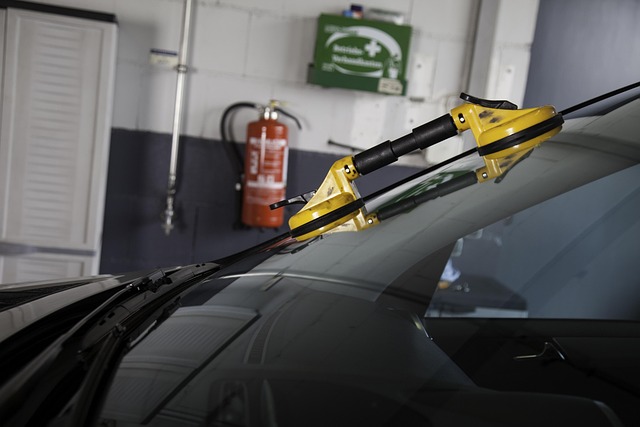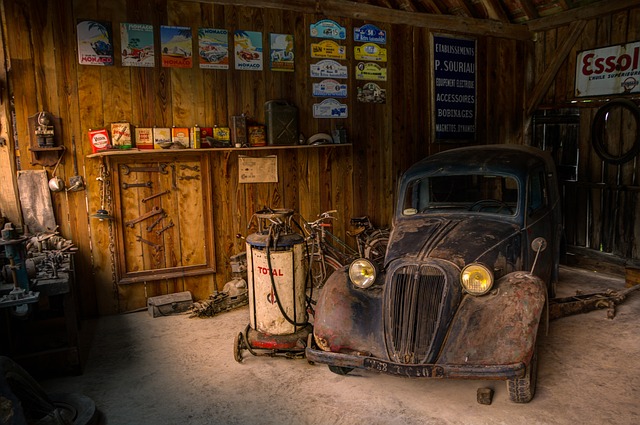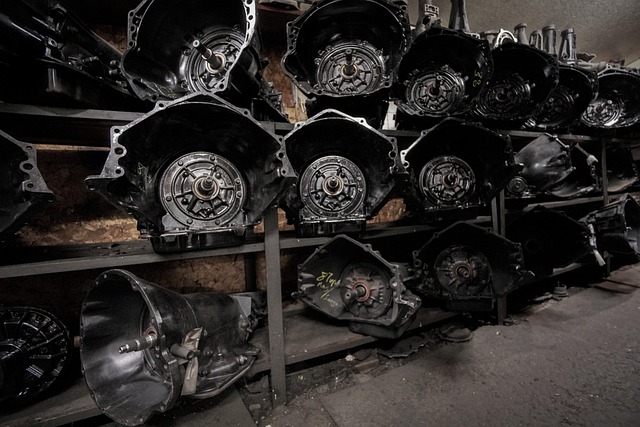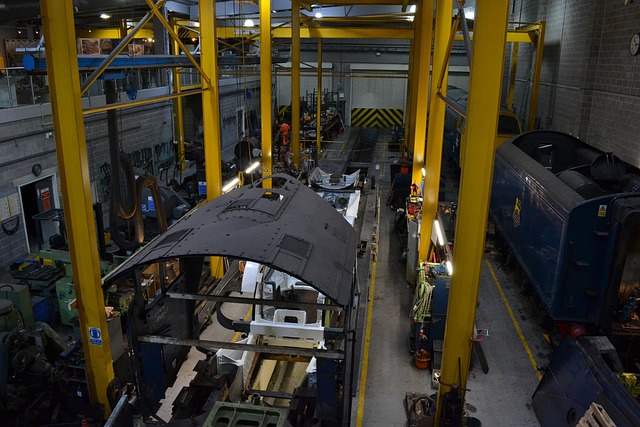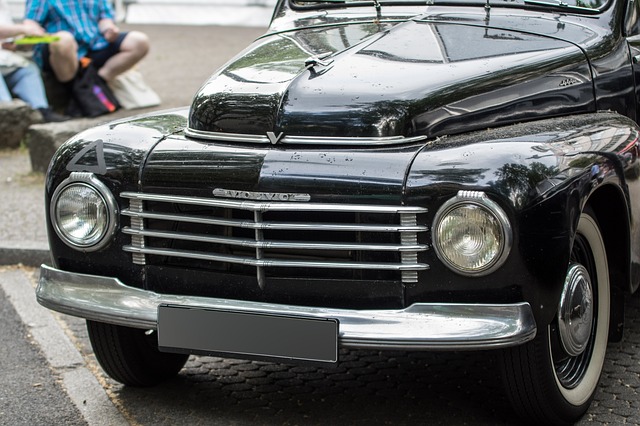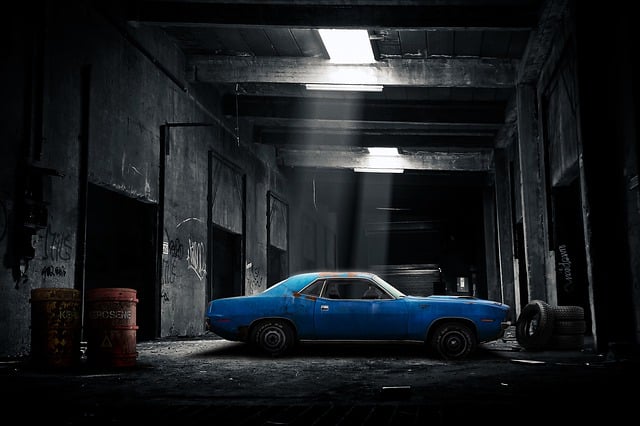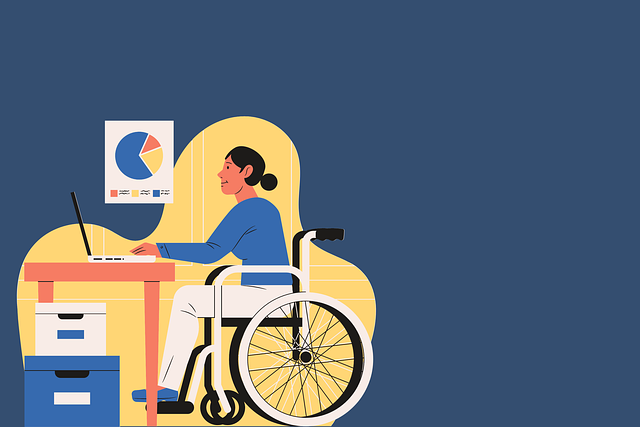Cooling system collision repair is critical for preventing severe engine damage post-collision. Technicians perform thorough visual inspections and utilize diagnostic tools to assess the health of these intricate systems, which include pipes, radiators, and coolant fluid circulation. By identifying leaks, corrosion, or physical damage near vital components like the engine compartment and radiator, they ensure optimal vehicle performance after repair services. Common issues found in cooling systems post-collision include radiator leaks, damaged hoses, and failed water pumps, requiring replacement parts or system flushing to restore proper function and prevent overheating.
After a collision, diagnosing cooling system issues is crucial for safe vehicle operation. This article delves into the process technicians employ to identify problems in post-collision vehicles. We’ll explore the fundamentals of how cooling systems work and break down the step-by-step assessment process. Furthermore, we’ll highlight common cooling issues arising from collisions and the effective repair strategies employed by professionals, emphasizing the importance of proper collision repair for optimal vehicle performance and safety.
- Understanding Cooling Systems: The Basics of Operation
- Post-Collision Assessment: Steps Technicians Take
- Common Cooling Issues After Collisions and Repair Strategies
Understanding Cooling Systems: The Basics of Operation

Cooling systems are a critical component in any vehicle, designed to maintain optimal engine temperature during operation. At its core, a cooling system involves a network of pipes and radiators that work together to circulate a coolant fluid. This fluid absorbs heat from the engine and transfers it outside the vehicle, ensuring the engine doesn’t overheat. In the context of collision repair, understanding these systems is paramount. Technicians must be adept at identifying potential issues, as a malfunctional cooling system can lead to severe engine damage or even complete failure after a collision.
When a car experiences a collision, various components, including the car body repair and its internal systems, may suffer impacts that cause stress or damage. This is where specialized body shop services come into play. Technicians employ a combination of visual inspection, diagnostic tools, and their expertise to assess the health of the cooling system. They check for leaks, corroded parts, or any signs of physical damage that could disrupt the coolant’s flow, compromising its efficiency and the overall integrity of the vehicle’s powertrain.
Post-Collision Assessment: Steps Technicians Take
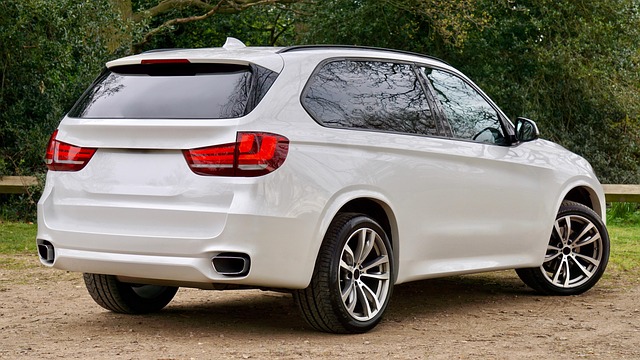
After a collision, technicians perform a meticulous post-collision assessment to diagnose any potential issues with the cooling system. This process involves several steps that ensure thorough inspection and accurate identification of problems. Initially, they conduct a visual examination of the car’s bodywork, checking for visible signs of damage near the engine compartment and radiator area. Any cracks or leaks in these components could indicate breaches in the cooling system.
Technicians then proceed to check vital sensors and components like temperature gauges, pressure sensors, radiators, and fans. They use advanced diagnostic tools to monitor system performance and identify any anomalies. This step is crucial as it allows them to pinpoint specific issues, whether it’s a blocked drain pipe, faulty fan motor, or an underperforming radiator, ensuring effective cooling system collision repair and optimal vehicle performance after the auto repair services are completed.
Common Cooling Issues After Collisions and Repair Strategies
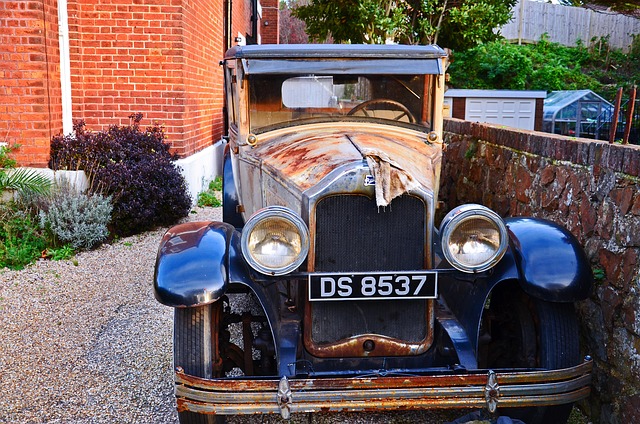
After a collision, various cooling system issues can arise due to the impact. Common problems include leaks in the radiator, damaged hoses, and failed water pumps. These issues may manifest as overheating, visible fluid leaks, or unusual noises coming from the engine. Technicians at a car body shop often begin by visually inspecting the exterior for signs of damage and then move inside to check for internal leaks or component damage using specialized tools.
Repair strategies depend on the specific problem identified. A Mercedes Benz repair might involve replacing damaged parts with new ones or using high-quality aftermarket components. Auto body repair technicians will patch and paint any dents or cracks, ensuring a seamless finish once the cooling system is fully functional again. In some cases, an entire system flush may be recommended to remove any contaminants introduced during the collision. This meticulous approach guarantees that the vehicle returns to its optimal performance state, providing peace of mind for the owner.
After a collision, technicians must meticulously assess the vehicle’s cooling system to ensure optimal performance and longevity. By understanding the basics of cooling system operation and employing structured post-collision assessment steps, they can identify common issues like leaks, damage to radiators, or compressor malfunctions. Through effective repair strategies, these experts not only restore the car’s chilling capabilities but also contribute to safer and more reliable driving experiences, highlighting the critical role of proper cooling system collision repair.

